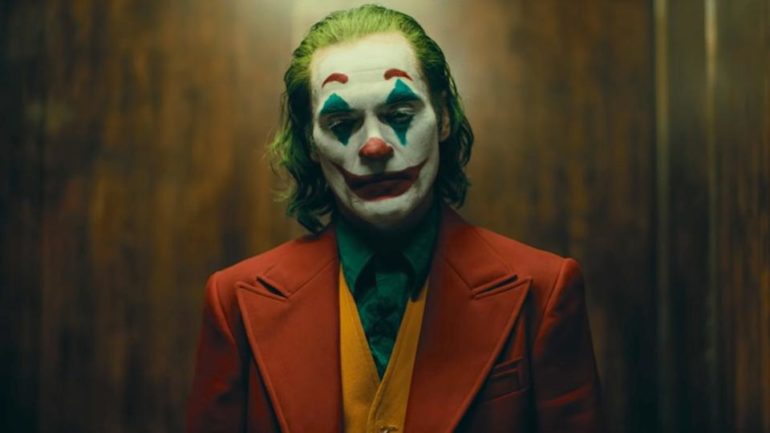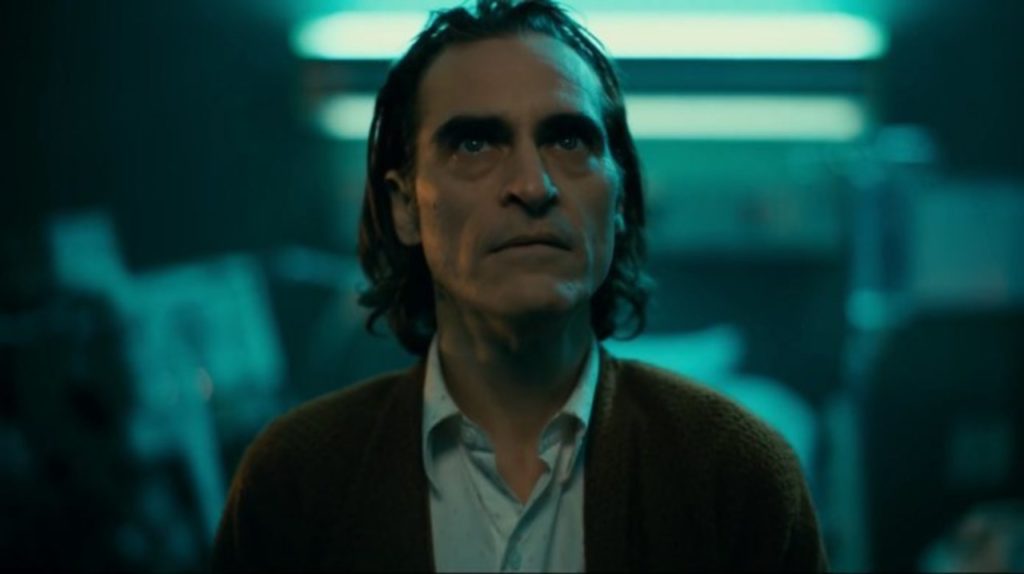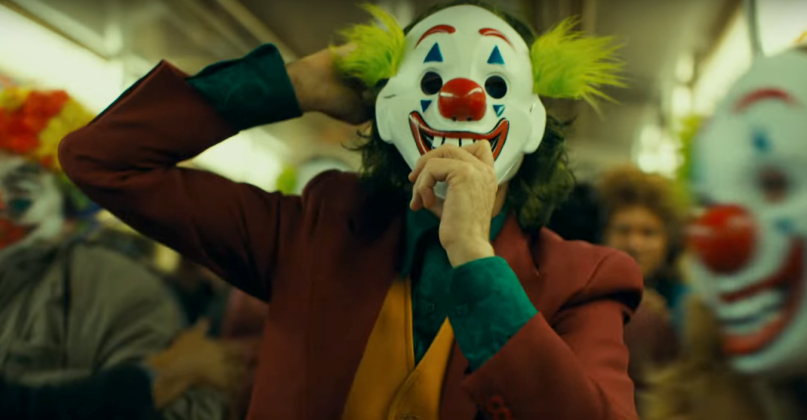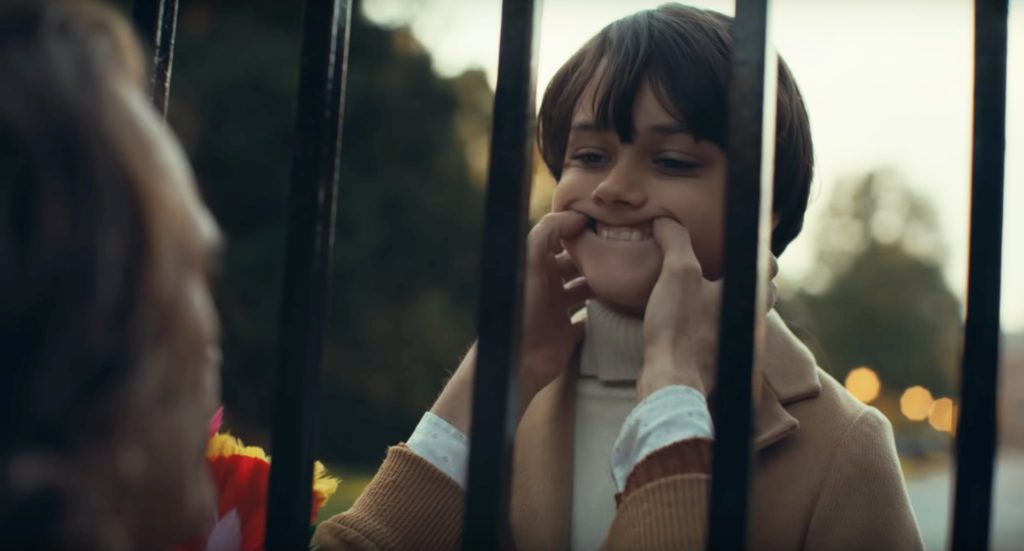Everyone, from the most dedicated DC Comic Universe fans to newcomers and casual readers alike, knows that when it comes to the Batman lore, the Joker remains one of the most dangerous and mysterious of the Dark Knight’s enemies. Unlike most of Bruce Wayne’s foes, the Joker’s existence came seemingly out of nowhere, with no official backstory as to why he does what he does or where he originated. Though there have been numerous attempts at establishing one, nothing had really seemed definitive until the release of the famous Batman: The Killing Joke graphic novel.
However, this version of the clown prince of crime’s origins is a highly noteworthy one.
Directed by Todd Phillips and co-written with assistance from Scott Silver, using The Killing Joke as a basis for its premise, Joker sees the iconic character as another victim of Gotham’s dark underbelly, albeit with far-reaching consequences. The film stars Joaquin Phoenix as Arthur Fleck, a down on his luck comedian who eventually becomes the titular villain.
Set in crime and poverty riddled 1980s Gotham City, Arthur Fleck lives with his mother, Penny, works as a party clown and has aspirations of being a standup comedian. While dealing with slight mental illness, he also suffers from a disorder that causes him to laugh uncontrollably at inappropriate times. Being cast out by society, Arthur seems to face one misfortune after the next while trying his best to bring joy to others. However, this all comes to a boiling point when a particular series of events ends with Arthur holding a smoking gun with three dead bodies in his wake.
An interesting take on the events of both Joker’s origins and the eventual birth of the Dark Knight, the film seems to draw specifically from the famous “One Bad Day” monologue given by the Joker. Putting an emphasis on how cruel society treats him for something he has no control over and the rising tension between Gotham’s elite and underclass citizens, Phillips’ backstory for the Joker falls right in line with the other villains that fill up Batman’s roster. By adding a touch of humanity to an otherwise psychotic character, we are able to better sympathize with Joker’s motives. This makes him even more terrifying, as his descent into “madness” is one that anyone is capable of experiencing after a great deal of trauma.
Joker also does a fascinating job in setting up for Bruce Wayne’s inevitable transformation into the caped crusader. Though this version of events implies that Joker’s influence is directly responsible for the death of Bruce’s parents – while suggesting that Joker is older than Bruce, amongst other things – it adds another layer of depth and complexity to the future “cat and mouse” dynamic that the two will share.
As far as performances go, Phoenix’s portrayal of the titular character is vastly different from Heath Ledger’s now iconic role in the Dark Knight franchise. Though both take a dark approach to embodying the mad clown, each capture a certain essence of the character. While Ledger’s Joker showcased the calculative and ambitious side of the villain, Phoenix focuses on the mental instability and darkly humorous charm that would eventually lead to his creation. It’s hard to compare the two as they both portray distinctly different versions of Joker.
Overall, the film works as a noteworthy standalone project about one of DC Comics’ most recognized “super” villains. Providing a believable backstory, along with some awkwardly humorous dialogue and scenes, Joker is certainly worth watching whether you’re a Batman fan or enjoy the works of filmmakers like Martin Scorsese.
Rating: 3.5 / 5 Stars








